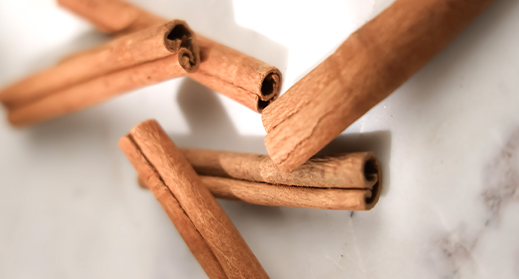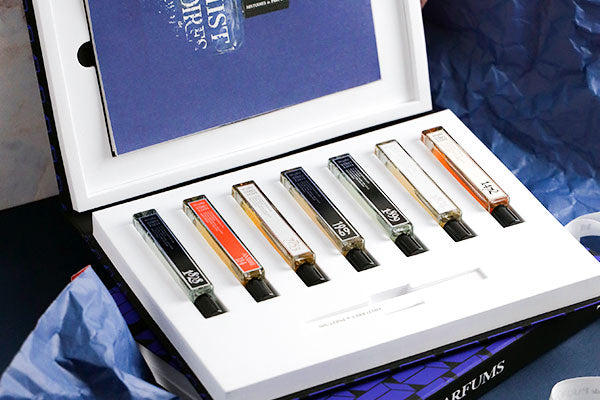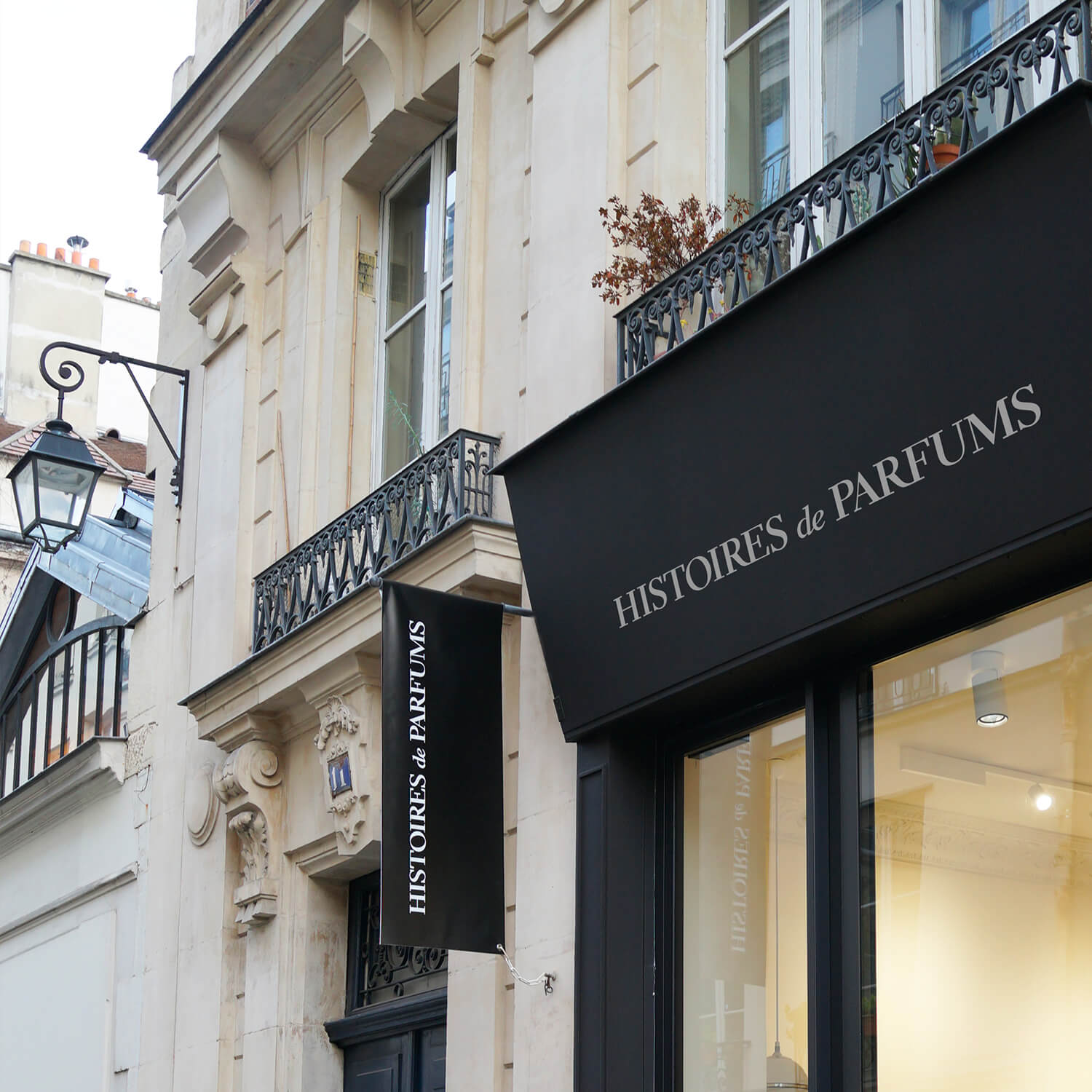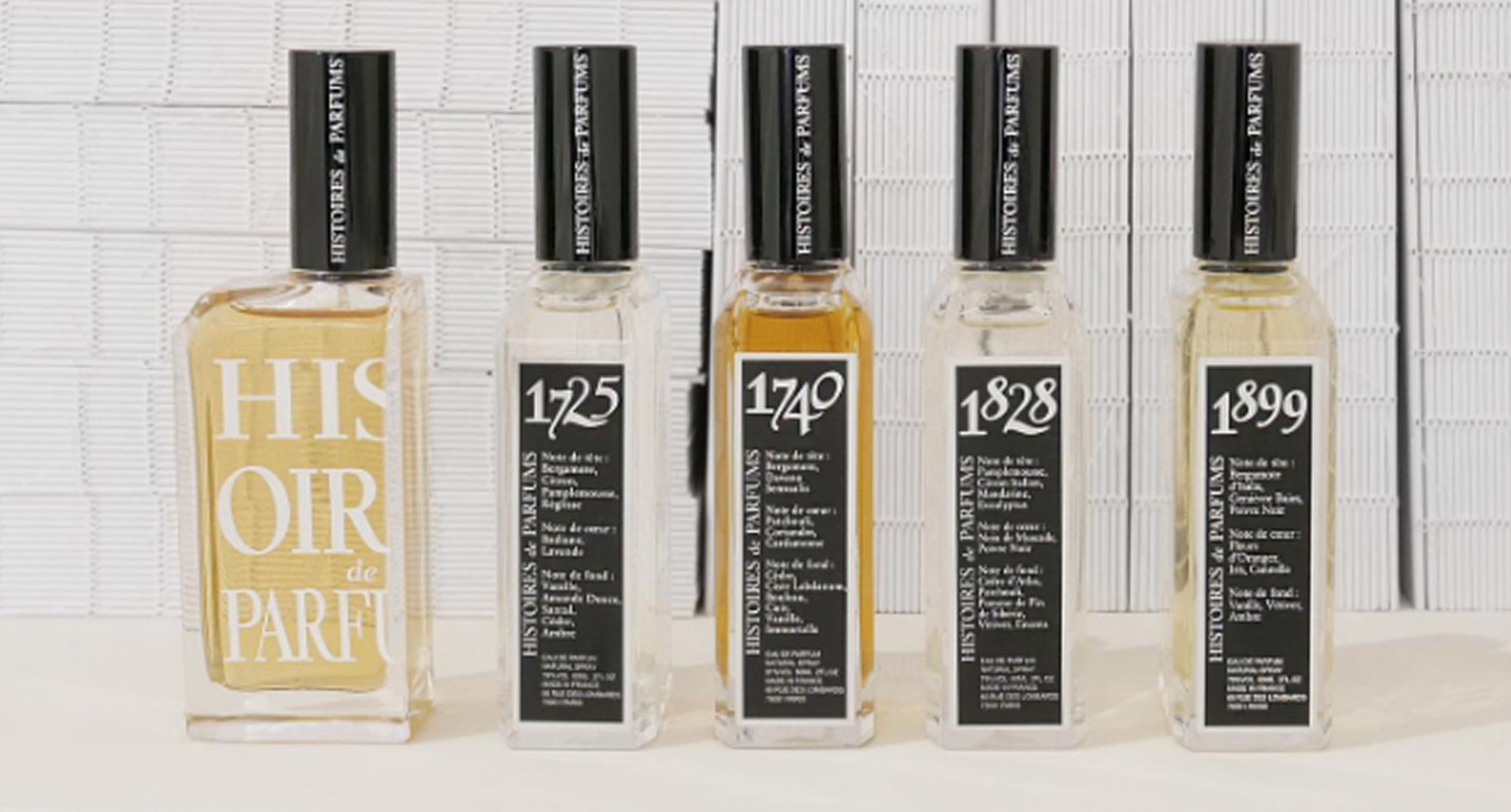
Cinnamon

The Tree
The Cinnamomum tree contains the appropriate bark from which the primary source of the spice is derived, growing to the extreme height of 60 feet tall. The tree is most commonly found in Southeast Asia with the largest farms originating in east India and Indonesia but also popular in South America, the West Indies, and other tropical climates.
Distillation
Cinnamon commonly known as Cinnamomum Zeylanicum is mostly distilled from the stem of the plant and less commonly through water distillation from the leaves and dried twigs which both are used to produce the essential oil, each is specifically used in perfumery for different base notes.
The major component of oil cinnamon is cinnamaldehyde, and mostly used in natural form as the concentration of oil yield is relatively low per perfume for its strong projection. Stem distillation produces a much more rich spicy aroma, whereas water distillation creates a more delicate and sweet sillage.
Origination and Significance
Since it has been mentioned in texts dating back thousands of years, the first records came from China around 2800 B.C. which gained popularity from its significance in ancient Egypt 4000 years ago.
The raw material was as a spice was used in embalming practices, making it a sought-after spice for wealthy patrons and trade routes. The spice is still commonly used in antibacterials and antifungals in medical practice today.
In Perfumery
Cinnamon throughout the ages has shown great significance as a spice in that it contains heart notes within its range, sweet and woody which is commonly used as “spicy”.
Unlike other spices that are prominent in the fragrance, such are cardamon, cinnamon is used as a base note which evokes its unmistakable aroma. With such a strong base note the best compliments or layering of this fragrance are best used with citrus and other spices within the same house.





